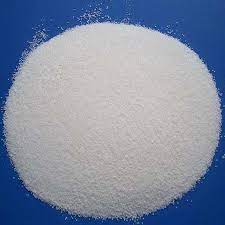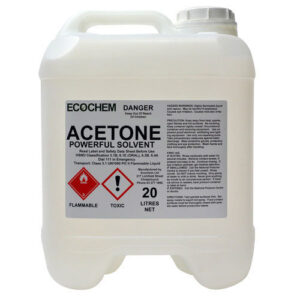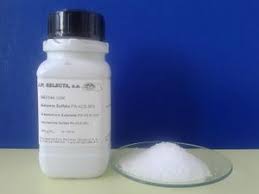TCC’s Adipic Acid is a mildly toxic, white, crystalline compound. The C6 straight-chain dicarboxylic acid is slightly soluble in water and soluble in alcohol and acetone. Nearly all commercial adipic acid is produced from cyclohexane.
Almost 90 percent of adipic acid produced is used in the production of nylon 66. The nylon, which has a protein-like structure, is further processed into fibers for applications in carpeting, automobile tire cord, and clothing. Adipic acid is also used to manufacture plasticizers and lubricant components.
Food grade adipic acid is used as a gelling aid, an acidulant, and as a leavening and buffering agent.






Reviews
There are no reviews yet.